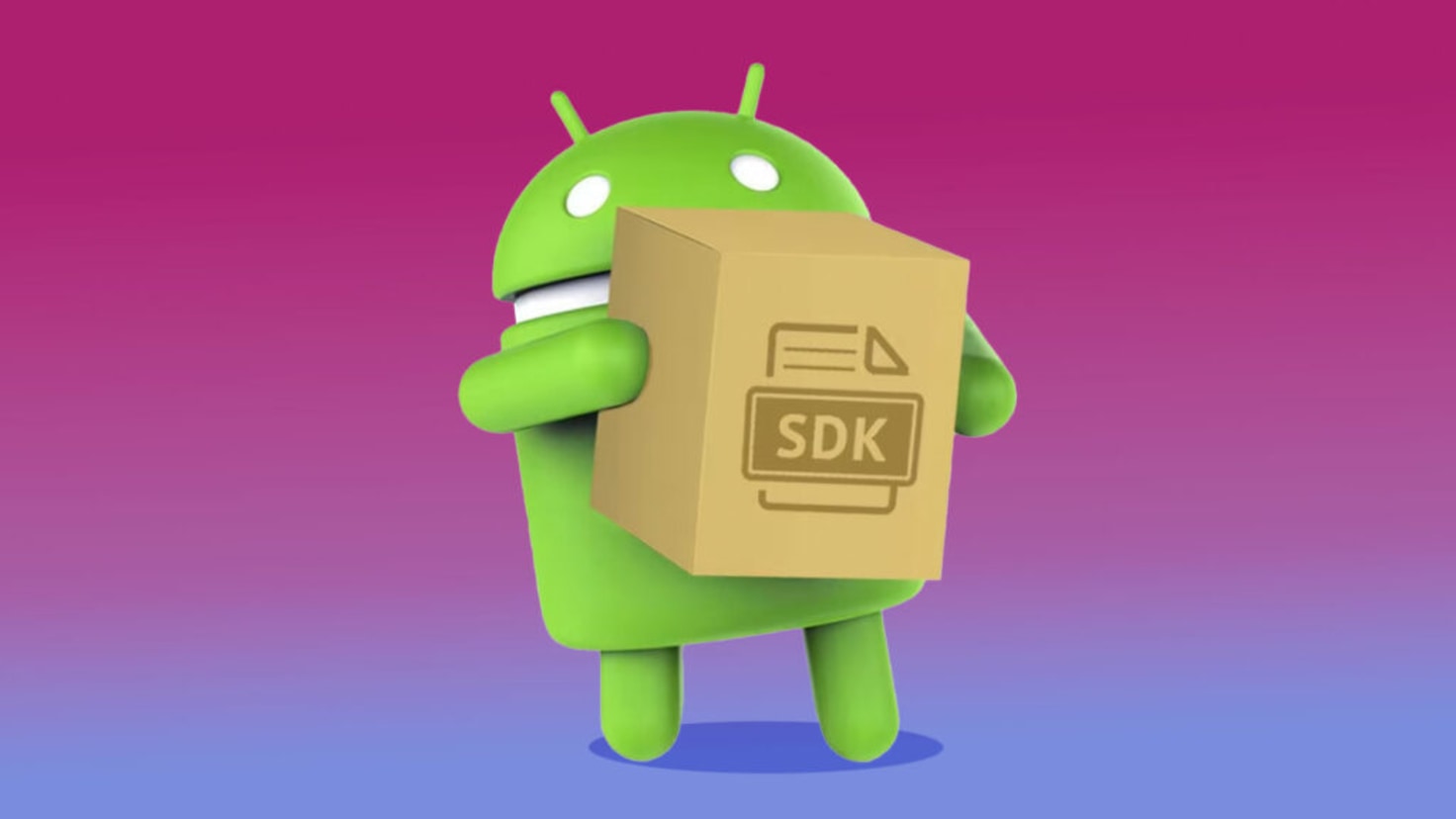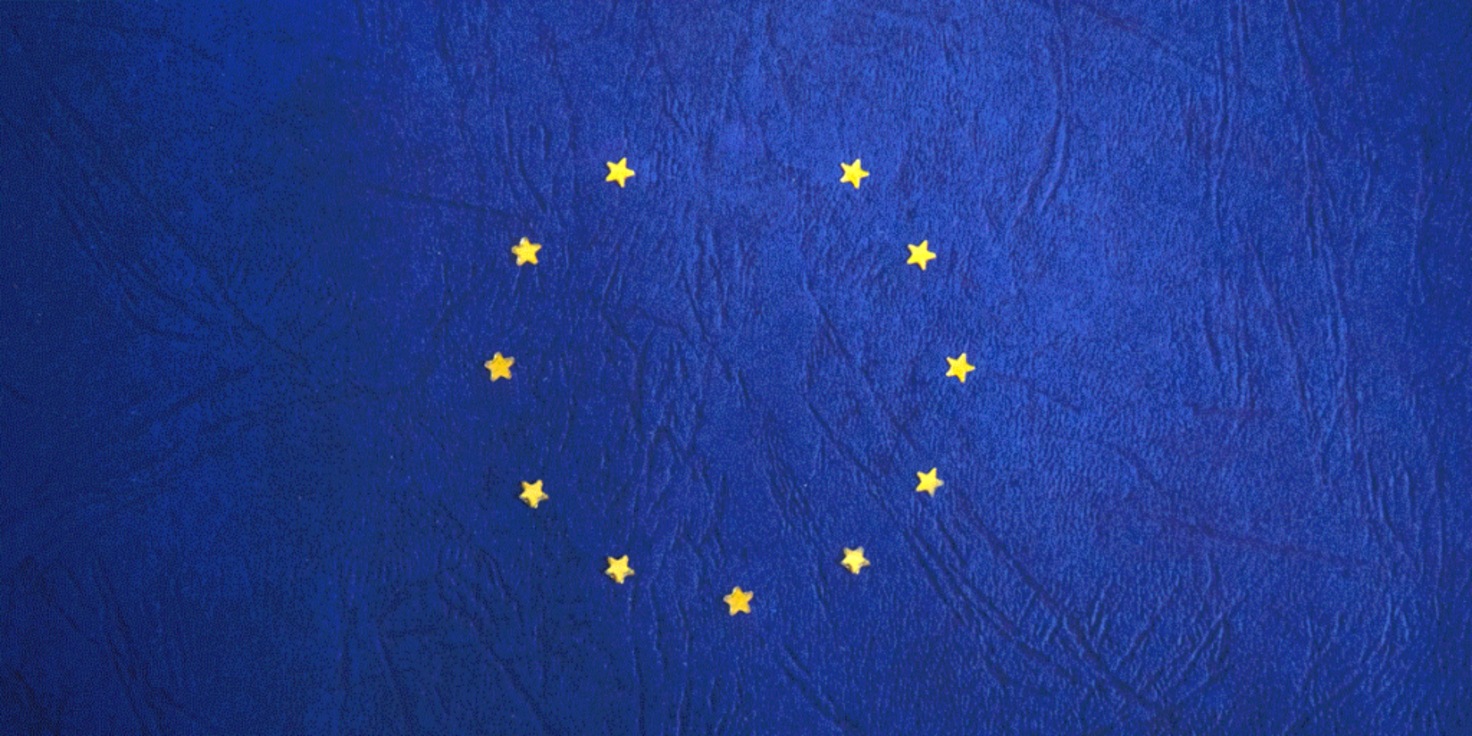Join us in this week's TWIL journey as the digital canvas gets a playful twist. Katie demonstrates how a simple line of code can transform your site's branding by incorporating Emoji as Favicon. Uncover the HTML secret to adding a touch of character to your webpage with a snippet that's as expressive as it is efficient.
Emoji as Favicon
Here’s a one-liner for setting an emoji as the favicon; pop it in, replace the 🦑 (scroll all the way to the right to see it here) with your emoji of choice, and you're good to go!
<link rel="icon" href="data:image/svg+xml,<svg xmlns=%22http://www.w3.org/2000/svg%22 viewBox=%220 0 100 100%22><text y=%22.9em%22 font-size=%2290%22>🦑</text></svg>">- HTML



